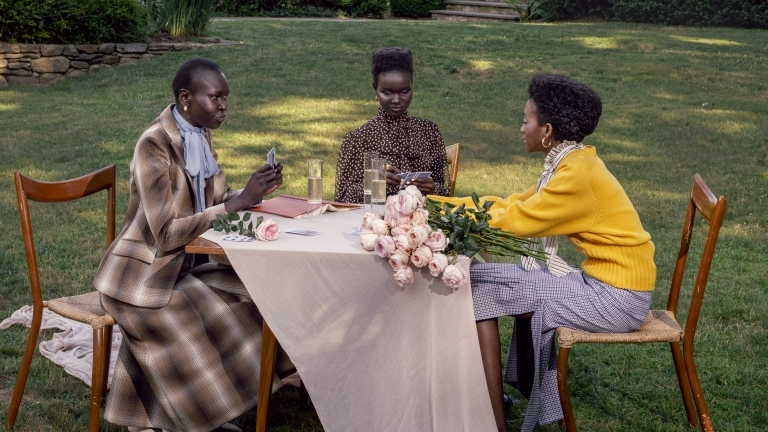Instead of traveling to see family, Kelly, 30, and her husband are staying in Austin and having a few friends over. “We didn’t feel safe flying and then meeting up and spending a significant amount of time with people who have also flown in from other locations. We also would have most likely had a layover,” she said. The decision has made things with her family tense. “My mother-in-law doesn’t quite understand our concern on traveling as she seems okay with it herself,” Kelly said.
Other Podsgiving hosts are throwing similarly sized gatherings and asking people not to hang out at indoor or outdoor bars and restaurants in the days leading up to the day of Thanksgiving. Joseph, 31, is staying in Pittsburgh with his wife and another couple who also aren’t comfortable traveling to see a large group of relatives for the holidays, and intend to make all the foods they usually make—carrot soufflé, stuffing, and beef instead of turkey. “My pod and I communicate frequently about who we are in contact with and what we are doing when we are in said contact—did we wear masks, was it indoors or outdoors, how far away were we, did we eat and drink,” he told me. But like so much else right now, everything about the day’s festivities still feels tenuous. “Everything is up in the air,” he told me. “We haven’t even ordered the beef yet.”
On the CDC’s Thanksgiving guidance website, the agency advises people to celebrate with those they live with. If you’re hosting Thanksgiving, the agency says, consider hosting a small event outside with a limited number of guests with whom you’ve set expectations beforehand. If you have to eat inside, keep the windows open. Seat people from one household in closest proximity, or at distinct tables; have the table set in advance so groups do not gather in the kitchen.
Testing, says Dr. Rachael Piltch-Loeb, a fellow at the Harvard TH Chan School of Public Health and an Associate Research Scientist at NYU Global Health, shouldn’t be treated as a definitive solution before getting together with a group. “Many COVID-19 tests, especially rapid tests, have high enough rates of false negatives, meaning you actually are positive but your test results show negative, that you cannot be completely confident you do not have COVID-19. Is a negative test result better than nothing? For sure, but it’s not certain,” she said. “If seeing others at Thanksgiving, you are accepting some level of risk of transmission.”
I’ve been spending the better part of the past two weeks at home, avoiding large gatherings or indoor spaces as much as possible. On Thanksgiving I’ll be eating and drinking inside my apartment with my boyfriend and a couple of friends, all of whom have been quarantining at home, avoiding large crowds and even outdoor dining setups. It won’t look like the Thanksgivings I’m used to, with 20 people from different generations crammed around several tables at my dad’s house in Pennsylvania, but that’s for the best for everyone. As Piltcher-Loeb told me, “There are more personal reasons to consider altering Thanksgiving celebrations this year. There are likely to be some in your family that are high risk, who may be severely impacted by COVID-19, and a holiday is not the time when you want to be worrying about having a negative impact on that person’s health.”
